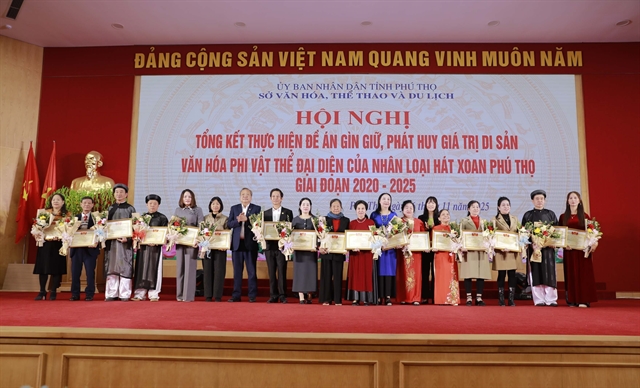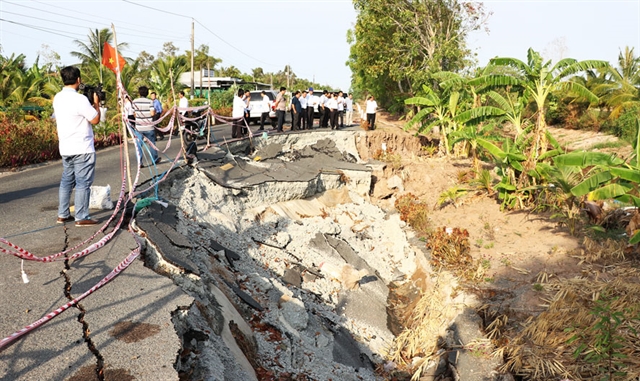 Environment
Environment
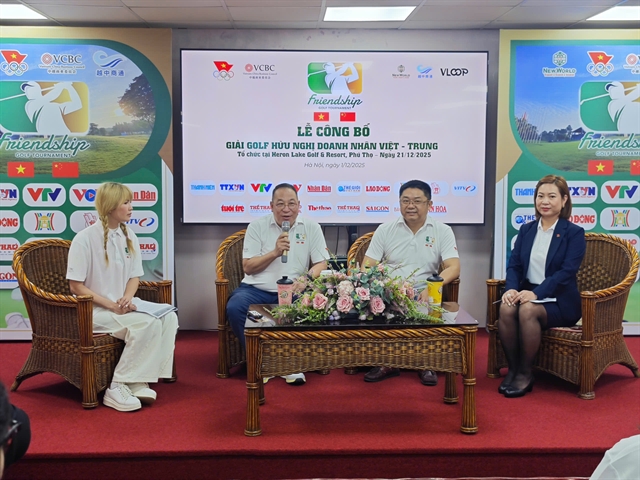
.jpg) |
| Prolonged heavy rain causes flooding on Lê Văn Việt Street in HCM City’s Thủ Đức city. — VNA/VNS Photo Mạnh Linh |
HCM CITY — HCM City is subsiding by about two to five centimetres annually, doubling the rate of sea level rise.
According to a report by the city’s Department of Natural Resources and Environment, citywide ground sinking has been ongoing since the 1990s.
A Japan International Cooperation Agency survey showed that the city’s subsidence rate varies from two to five centimetres annually, with some commercial zones sinking by seven to eight centimetres yearly.
In 2013, the Vietnamese government tasked the Ministry of Natural Resources and Environment with assessing national elevation benchmarks and flood prevention projects in the city.
Data comparisons between 2005 and 2014 indicated an average subsidence rate of 10 centimetres over 10 years, with some areas sinking even more.
Subsidence has hit various areas across the city, including the districts of Bình Chánh, Bình Tân, Nhà Bè, 8, 7, 12, and parts of Thủ Đức city, with nearly 240 square kilometres of land being affected.
Bình Chánh’s medical centre subsided by 44cm in the 10-year period.
In Bình Tân, the cultural centre recorded 73.3cm of subsidence over 10 years, and Tân Tạo Industrial Park sank 73.2cm.
The ministry continued to monitor the phenomenon of land subsidence in the city after 2014, with results showing that the subsidence rates in Bình Chánh and Bình Tân have risen to 48.8cm and 81.8cm, respectively.
Experts said the city’s land subsidence is due to four main causes that are both natural and human-induced, including weak geological foundations, high traffic volumes, construction projects, and excessive groundwater extraction.
Research findings indicated that in areas with weak geological foundations, soil naturally subsides over time, even without human activity.
Commenting on the remaining three human-induced causes, the experts argued that areas with heavy traffic, especially trucks, experienced faster subsidence.
Temporary sinking took place during the implementation of civil construction projects, but the ground would stabilise or experience minimal subsidence afterward.
Before 2010, groundwater extraction contributed significantly to subsidence, particularly in districts of Gò Vấp, Tân Bình, Củ Chi, Hóc Môn and 12.
The city has since restricted groundwater extraction to prevent further land subsidence.
Associate Professor Huỳnh Quyên, the principal of the HCM City University of Natural Resources and Environment, said the gradual settling or sudden sinking of the Earth's surface coupled with high tides and rising sea levels will put the city at a heightened risk of sinking.
“This situation poses significant challenges to the city's long-term development, particularly amid the increasingly complex development of climate change,” she said.
“Furthermore, subsidence leads to considerable damage and adversely impacts the lives of residents.”
Many experts agreed that given the rapid pace of climate change, more extreme weather, rising tides, and land subsidence in the city heighten the risk of widespread flooding.
To mitigate this subsidence, the city must adopt a range of coordinated solutions, including better urban planning and reducing groundwater extraction, they said.
Investment in a comprehensive monitoring and forecasting system for land subsidence is also needed to enable decision-making capable of aligning with natural conditions and supports sustainable socio-economic development.
According to the city’s Department of Natural Resources and Environment, the combination of subsidence, high tides, and rising sea levels has put the city at risk of further widespread flooding that could disrupt its socio-economic growth and daily life. — VNS

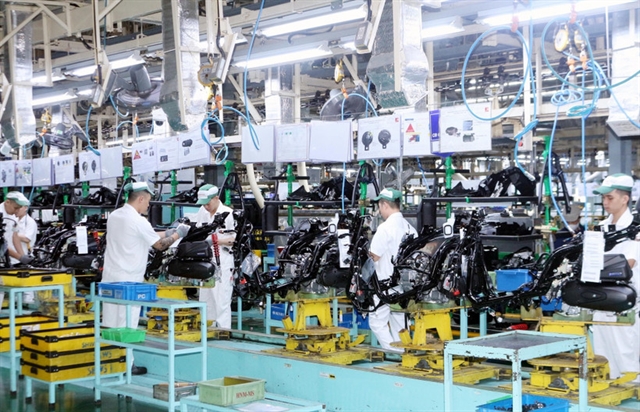
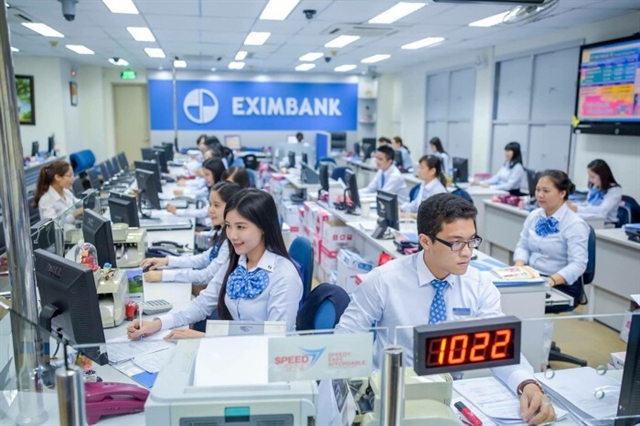
 Ảnh JP Morgan.png)
